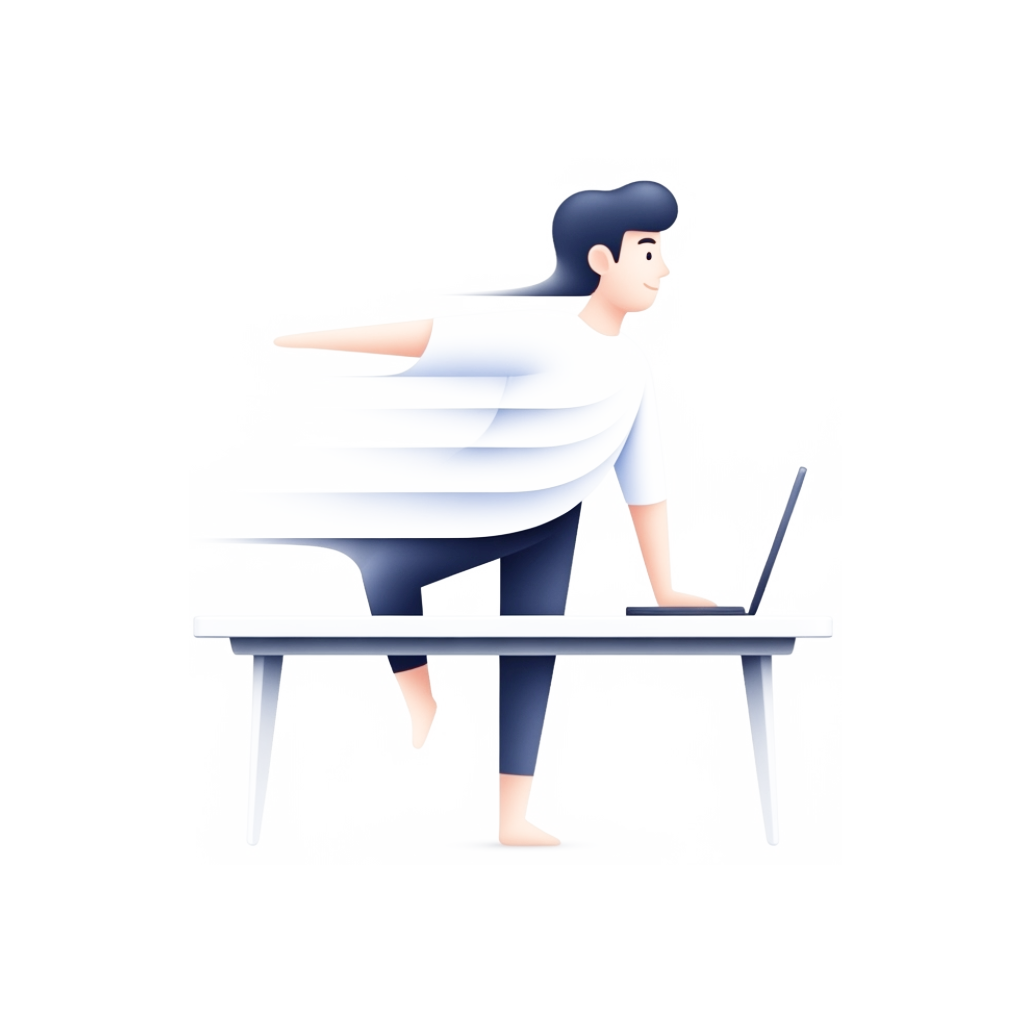How to Use a Standing Desk for Better Health and Productivity

How to Use a Standing Desk for Better Health and Productivity
Standing desks have surged in popularity as a way to combat the health risks associated with prolonged sitting. However, simply standing all day is not the solution. To truly benefit from a standing desk, it's crucial to understand proper setup, posture, and how to integrate movement throughout your workday. In this article, we explore expert-backed strategies to help you maximize the health and productivity benefits of your standing desk.
Why Alternate Between Sitting and Standing?While sitting too long is linked to poor health outcomes, standing all day can cause fatigue and even musculoskeletal issues such as leg, foot, knee, and back pain.
Experts recommend alternating between sitting and standing to reduce these risks. Research suggests a ratio of about 1 hour standing for every 1 to 2 hours sitting, with position changes every 30 to 60 minutes to maintain comfort and energy.
Alternating positions helps vary your body posture, redistribute pressure, and decrease the risk of cardiovascular problems associated with prolonged sitting or standing.
Setting Up Your Standing Desk ErgonomicallyProper desk setup is essential for comfort and to prevent strain. Your standing desk should be adjusted so your elbows form a 90-degree angle and your forearms are parallel to the floor when typing or using a mouse.
Your computer monitor should be positioned at eye level or slightly below (between horizontal and 30 degrees downward) and about an arm's length away. This helps maintain a neutral neck posture to prevent strain.
Consider supportive footwear and an anti-fatigue mat to ease pressure on your feet and legs during standing periods. If available, use a footrest to shift your weight periodically.
For laptop users, adding an external keyboard and mouse aligned with your elbow height can reduce neck and wrist strain.
Maintaining Good Posture While Using Your DeskMaintain a neutral body posture whether sitting or standing: keep your head balanced and forward-facing, shoulders relaxed, spine erect, and wrists straight.
Avoid twisting your upper torso and slouching shoulders. Your feet should be shoulder-width apart and knees slightly bent to avoid locking them.
Stand with your weight evenly distributed, and shift your weight from leg to leg or use an anti-fatigue mat that encourages subtle movements to promote circulation.
Be mindful of your overall alignment to avoid common mistakes like hunching or craning your neck, which can cause discomfort over time.
Incorporating Movement Breaks and RemindersEven with a standing desk, taking regular breaks away from your workstation is vital. Movement and stretching can reduce eye strain and relieve muscle tension.
Use software or mobile apps to remind you to take short breaks to move, stretch, or change posture. Studies show these reminders can significantly reduce discomfort in the back and upper limbs.
Try to incorporate small walking breaks and reposition items like your phone or water bottle slightly away to encourage more movement during your day.
Additional Tips for Comfortable Standing Desk UseWear well-cushioned, supportive shoes to prevent foot problems. Avoid standing barefoot or in unsupportive footwear that can cause compensatory poor posture.
Consider arm supports to reduce wrist strain, especially if you experience discomfort on the dominant side.
If you experience persistent discomfort or find your standing desk range limiting, consult with the vendor or a health professional to optimize your setup.
Remember, standing desks are a tool to promote activity and posture variation but are not a substitute for exercise.
Conclusion
Using a standing desk effectively requires thoughtful setup, posture awareness, and regular movement to reap its full benefits. By alternating between sitting and standing, maintaining ergonomic postures, and taking scheduled breaks, you can enhance your comfort, reduce the risk of pain, and boost productivity. Let our app help you stay on track with timely standing reminders and movement prompts, making healthy work habits easier to maintain. Prioritize your wellness—stand up, move more, and feel better every day!
Sources:
